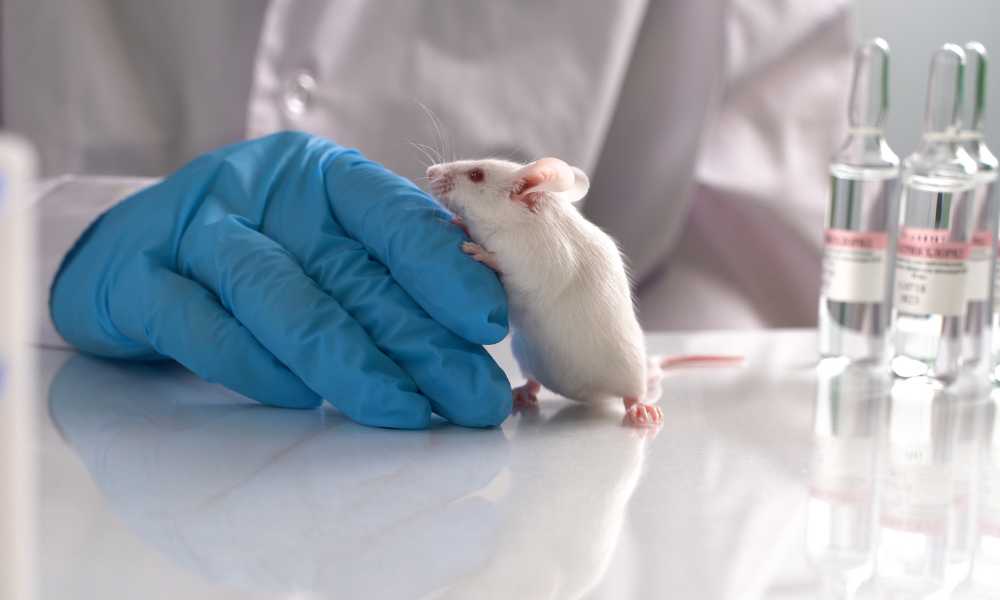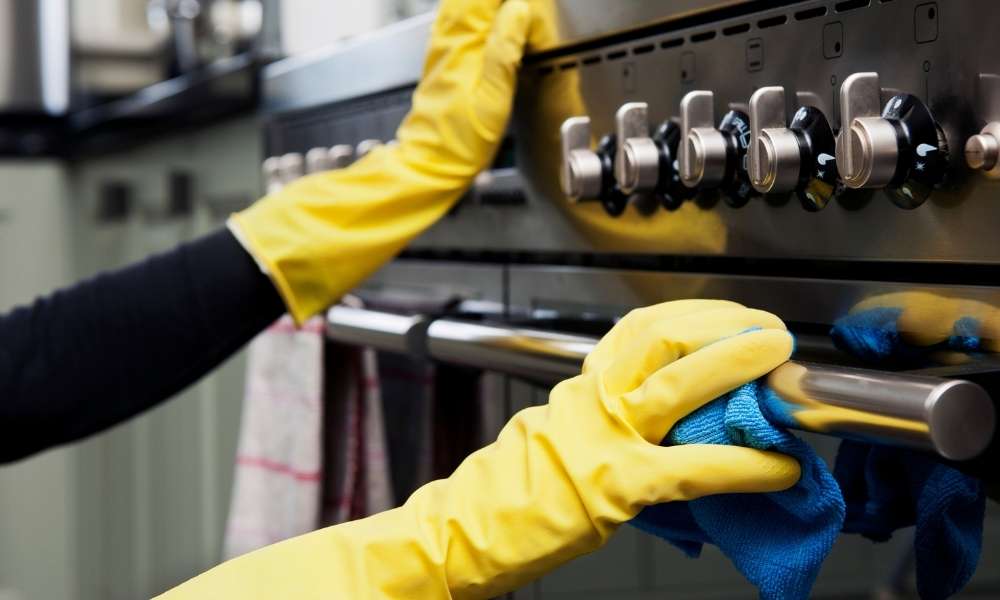Research facilities play a crucial role in advancing scientific knowledge and innovation across various fields, from medicine to agriculture. However, the presence of rodents such as mice and rats can compromise the integrity of laboratory experiments and pose significant risks to research outcomes. Preventing and controlling rodent infestations in research facilities is essential for maintaining laboratory integrity, ensuring the reliability of research results, and safeguarding the health and safety of personnel. Let’s explore the importance of rodent control in research facilities and strategies for effective management.
1. Threats Posed by Rodents
Rodents present numerous challenges in research facilities due to their ability to contaminate experiments, damage equipment, and transmit diseases. Mice and rats are known to gnaw on wiring, chew through packaging materials, and defecate in sensitive areas, posing risks to both experimental integrity and human health. Additionally, rodents can consume research samples, interfere with data collection, and compromise the accuracy and reproducibility of research findings.
2. Integrated Pest Management (IPM)
Implementing an integrated pest management (IPM) program is essential for effectively controlling rodent populations in research facilities. IPM strategies focus on proactive prevention, monitoring, and targeted interventions to minimize reliance on chemical pesticides and mitigate risks to laboratory personnel, animals, and research subjects. By combining multiple control methods, such as habitat modification, exclusion, trapping, and baiting. IPM programs can achieve long-term rodent control while minimizing impacts on research activities.
3. Preventive Measures
Preventing rodent infestations begins with implementing preventive measures to deny rodents access to food, water, and shelter within research facilities. Seal entry points, such as gaps in walls, doors, and windows, to prevent rodents from entering the building. Store research samples, food, and waste in secure containers with tight-fitting lids to deter rodent access. Keep laboratory spaces clean and free of clutter to eliminate potential hiding places and nesting sites for rodents.
4. Regular Monitoring and Surveillance
Regular monitoring and surveillance are essential components of an effective rodent control program in research facilities. Conduct routine inspections of laboratory spaces, storage areas, and utility rooms to identify signs of rodent activity, such as droppings, gnaw marks, and nesting materials. Deploy monitoring devices, such as traps and motion-activated cameras, To track rodent movement and assess the effectiveness of control measures over time.
5. Collaboration with Pest Control Professionals
Collaborating with pest control professionals specializing in rodent control, such as Mice Exterminator, is crucial for addressing rodent infestations in research facilities effectively. Pest control experts know, and have experience. Resources to develop customized pest management plans tailored to the unique needs and challenges of laboratory environments. By conducting thorough inspections, implementing targeted treatments, and providing ongoing monitoring and support. Pest control professionals help ensure the success and integrity of research activities.
6. Staff Training and Education
Educating laboratory personnel about the importance of rodent control and their role in preventing infestations is essential for maintaining laboratory integrity. Provide training on identifying signs of rodent activity, implementing preventive measures, and responding to pest sightings effectively. By empowering staff to play an active role in rodent control efforts, research facilities can create a culture of vigilance and accountability that enhances overall laboratory safety and productivity.
Conclusion:
In conclusion, rodent control is critical for maintaining laboratory integrity and ensuring the success of research activities in research facilities. By implementing integrated pest management strategies, practicing preventive measures, and conducting regular monitoring and surveillance. Collaborating with pest control professionals like rat extermination in Reading PA. And providing staff training and education, research facilities can effectively control rodent infestations and minimize disruptions to scientific endeavors. With proactive measures and a commitment to rodent control, research facilities can uphold the highest standards of laboratory integrity in Reading, PA, and beyond.





